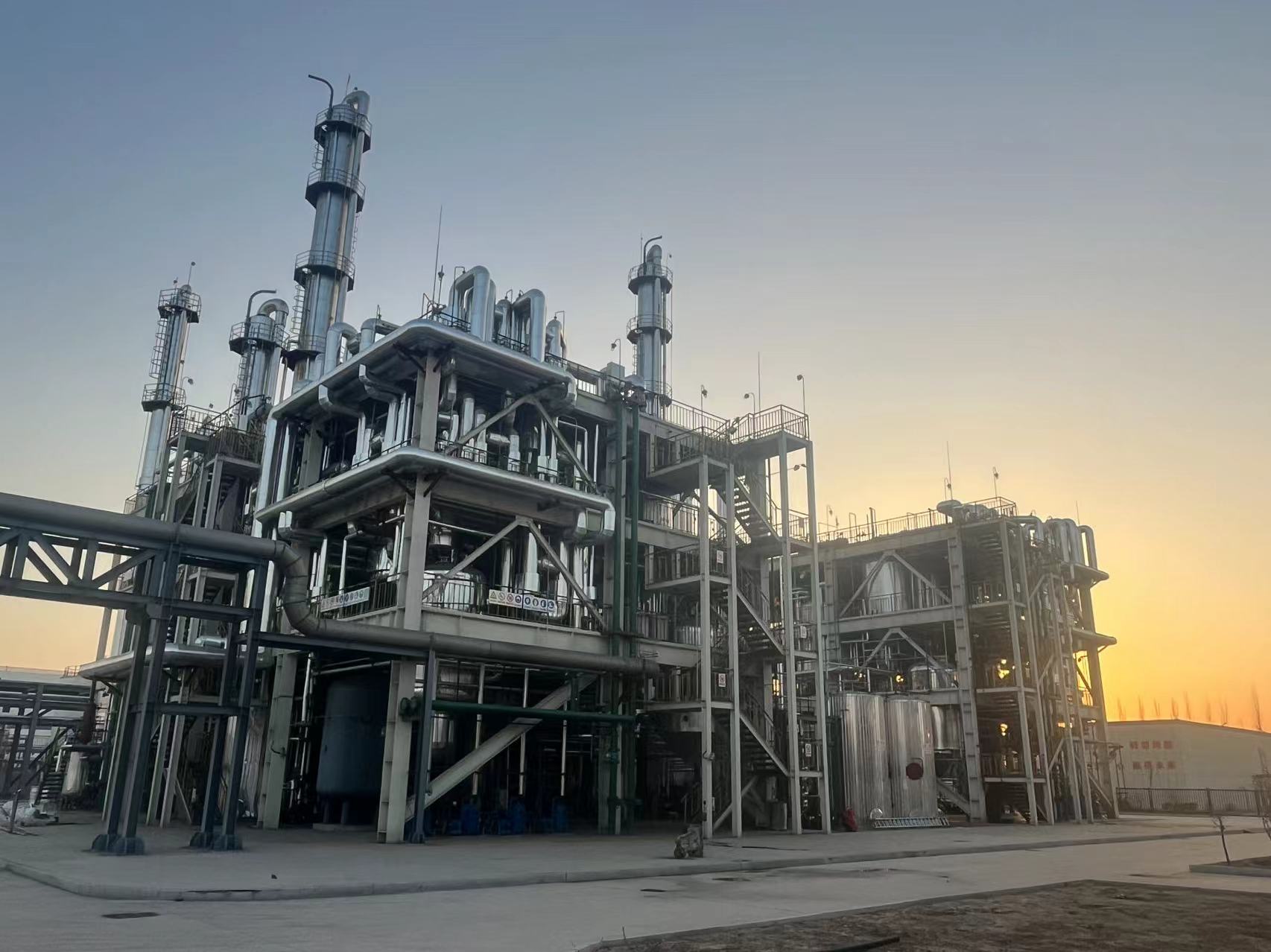The functions and uses of diethanolamine
Diethanolamine (DEA) is an organic compound with the chemical formula C4H11NO2. It is a colorless viscous liquid or crystal that is alkaline and can absorb gases such as carbon dioxide and hydrogen sulfide in the air. Pure diethanolamine is a white solid at room temperature, but its tendency to deliquesce and supercool makes it sometimes appear as a colorless and transparent liquid. Diethanolamine, as a secondary amine and diol, has many uses in organic synthesis. Like other amine compounds, diethanolamine is weakly basic. In 2017, the World Health Organization’s International Agency for Research on Cancer released a preliminary reference list of carcinogens, and included diethanolamine in the list of Category 2B carcinogens. In 2013, the compound was also classified as “possibly carcinogenic to humans” by the International Agency for Research on Cancer.
The functions and uses of diethanolamine
1. Mainly used as acid gas absorbent, non-ionic surfactant, emulsifier, polishing agent, industrial gas purifier and lubricant such as CO2, H2S and SO2. Iminodiethanol, also known as diethanolamine, is an intermediate of the herbicide glyphosate. It is used as a gas purifier and as a raw material for synthetic drugs and organic synthesis.
2. Diethanolamine is an intermediate in organic synthesis. For example, it can be used to produce some optical bleaching agents in the textile industry. Fatty acid salts of morpholine can be used as preservatives. Morpholine can also be used to produce the central nervous system depressant drug pholcodine. or as a solvent. Diethanolamine is used in analytical chemistry as a reagent and gas chromatography stationary solution to selectively retain and separate alcohols, glycols, amines, pyridines, quinolines, piperazines, thiols, thioethers, and water.
3. Diethanolamine is an important corrosion inhibitor and can be used as a corrosion inhibitor in boiler water treatment, automobile engine coolant, drilling and cutting oil, and other types of lubricating oils. Also used in natural gas as an absorbent for purifying acid gases. Used as emulsifier in various cosmetics and pharmaceuticals. In the textile industry, it can be used as a lubricant, wetting agent, softener and other organic synthetic raw materials.
4. Used as acid absorbent, plasticizer, softener, emulsifier, etc. in adhesives. It is also used as an absorbent for acidic gases (such as hydrogen sulfide, carbon dioxide, etc.) in petroleum gas, natural gas and other gases. It is a raw material for the synthesis of medicines, pesticides, dye intermediates and surfactants. Used as an emulsifier for oils and waxes, and a softener for leather and synthetic fibers under acidic conditions. Used as a thickener and foam improver in shampoos and light detergents. It is also used as detergent, lubricant, brightener and engine piston dust remover.
5. Used as complexing agent for silver plating, cadmium plating, lead plating, zinc plating, etc.
6. Used as analytical reagents, acid gas absorbents, softeners and lubricants, and in organic synthesis.
Contact Information
MIT-IVY INDUSTRY CO., LTD
Chemical Industry Park, 69 Guozhuang Road, Yunlong District, Xuzhou City, Jiangsu Province, China 221100
TEL: 0086- 15252035038 FAX:0086-0516-83769139
WHATSAPP:0086- 15252035038 EMAIL:INFO@MIT-IVY.COM
Post time: Jun-11-2024







